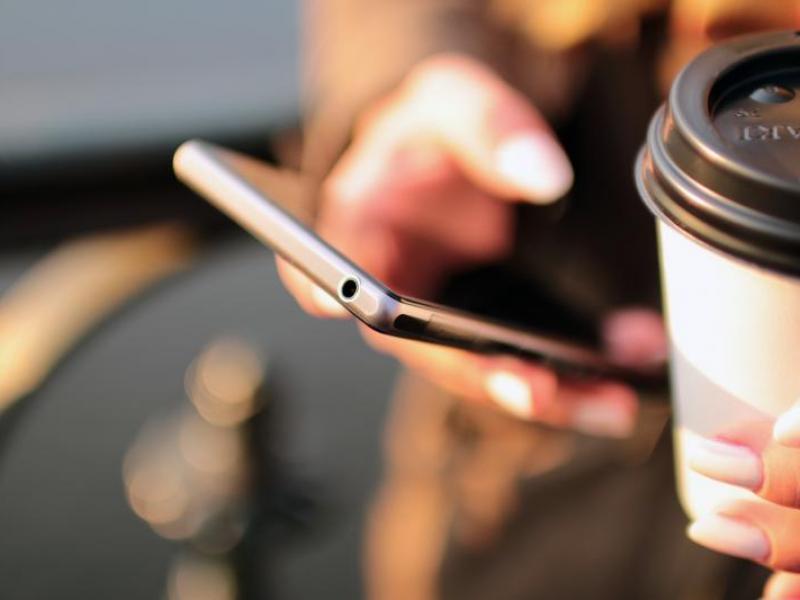
Document Author(s):
Year Published:
Topics:
State:
Region:
Tags:
News: Forms in Your Pocket: Mobile Solutions Are Nearly Ready to Scale (Pew Research Center 2016)
According to the Pew Research Center's Internet and Technology Mobile Fact Sheet (pewresearch.org), sixty-four percent of American adults own a smart phone (www.pewinternet.org/fact-sheets/mobile-technology-fact-sheet/), and legal aid organizations including Philadelphia Legal Assistance and Ayuda Legal Illinois report more than 30% of their online legal assistance users are on mobile devices when they do so.
Open source mobile tech projects like Docassemble (docassemble.org) and Court Whisperer (courtwhisperer.org) offer examples of remote service delivery solutions that can reach more self-represented litigants with the help they need, when and where they need it. Both innovations guide users through the legal help process in plain language, streamlining the intake and document assembly processes efficiently. This process flow saves litigants and legal service providers time while inherently building triage into legal help process. And perhaps most importantly, designing for mobile forces developers to prioritize simplification.
Considering developing mobile legal services apps? According to Jonathan Pyle, the visionary from Philadelphia Legal Assistance who is behind DocAssemble, “a mobile approach is necessary simply to avoid losing ground on access to justice.” LSC’s 2013 Report of The Summit on the Use of Technology to Expand Access to Justice (opens PDF) noted that eighty-six percent of adults earning less than $30,000 per year own cell phones and 43 percent own smartphones. Pyle adds that: “Among adults under 30, computer ownership is on the decline, and smartphone ownership is taking its place. If legal services organizations continue to develop tools designed for the personal computer, for example by assuming that clients can read and print information stored in Word and PDF files, access to these legal resources will decline over time, not increase.” Americans now access banks, shopping, information, and support services via their phones. Legal services providers must meet this evolving mobile mindset with accessible legal help solutions.
Docassemble, developed by Pyle, is a free and open-source platform for developers building on-line tools that allow clients to receive legal services and information through the web browser of their mobile device or desktop computer. Though still in the beta stage, Pyle imagines that the “end users who will benefit most from Docassemble are people with low income and low literacy who access the internet primarily from a mobile phone or tablet.” DocAssemble allows users to sign documents using the touchscreen to avoid printer access problems offers low literacy users the option to press a button and hear directions read out loud.
Legal service providers can use DocAssemble to build tools that track clients through documents on a quicker, more efficient timeline, without requiring computer programming skills. According to Pyle it also, “expands the realm of what is possible with guided interviews, for example by allowing multi-user interviews. Two parties to a divorce could enter information separately and be given advice based on both parties' answers. Or, a client could be interviewed, and then a pro bono attorney could be brought into the interview to make legal judgments on the basis of information provided by the client, and then the client would receive an advice letter or legal pleading.”
Court Whisperer is a mobile application that people can use to fill out court forms. It takes existing state forms and reconstructs them into a mobile-friendly view. Questions are presented in plain language and then placed back into forms in the court’s required format.
Mathias Burton, one of the developers working on the app in partnership with Katherine Alteneder (srln.org) from SRLN at the Seattle University School of Law's Social Justice Hackathon (socialjusticehackathon.com), said: “Our goal is to help close the access to justice gap and we believe that the phone is the best access point to do so.” The app offers built-in voice to text recognition, document storage storage on a user’s own personal device (avoiding limitations of saving when using a public computer), and the ability for a user to return to a saved spot in a form over time. Burton added that through developing the app his team has been “building standards toward mobile integration for court systems, which [their] research showed as lacking in most if not all state court systems.”
Mobile will continue to evolve as an ever increasing way to reach people who don’t have the time to wait on a legal hotline call, visit a self-help or legal help office, or visit a public computer to print out documents. A smartphone is private and accessible anytime, from bus rides to breaks. Pyle said it well: “If companies are building technologies that allow people to conduct business through their smartphones; legal services organizations should do the same. If we do not, we will leave a segment of the population underserved.”